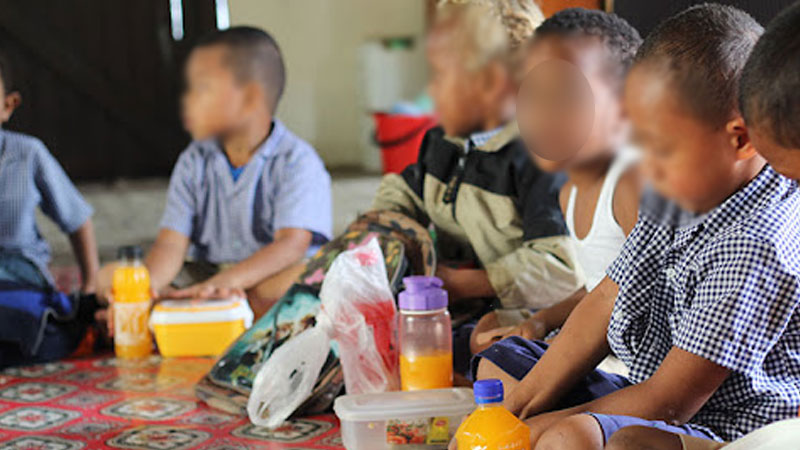
2% of children in Fiji were deprived of three meals a day in 2019-2020 according to the Fiji Bureau of Statistics.
According to the 2019-2020 Household Income and Expenditure Survey, this means that a large majority of children in Fiji did not go hungry due to a lack of money.
However the bureau says this does not mean that all children have an adequate diet as one child in five does not have one meal with meat, chicken or fish or vegetarian equivalent daily. This means their diet may be deficient in protein which is important for healthy growth and development in childhood.
The bureau also says almost one in five school-aged children in Fiji are educationally deprived, their parents cannot afford for them to participate in school trips and school events that cost money or their children do not have a suitable place at home to study or do their homework.
It says these children are disadvantaged compared with richer children.
About three in ten children do not have their own beds and bedding at home and their parents cannot afford for them to have celebrations on special occasions such as birthdays, Christmas or religious festivals.
Many children in Fiji are deprived with new clothing and their parents (23%) cannot afford to buy them new properly fitting shoes or some new, not second-hand clothes (28%).
It also says on the other hand, a significant number of adults were socially deprived.
The survey says 16% cannot afford to have celebrations on special occasions such as birthdays, Christmas or religious festivals, and about one in five adults do not have enough money to meet social/traditional obligations (Church/Family Functions etc) or visit friends and family in hospital or other institutions or get-together with friends/family for a drink/meal at least once a month.
The most common coping strategies when households are faced with adverse shocks in their income or consumption include seeking help from friends and relatives, changing consumption patterns to less preferred foods and withdrawal from savings.
The prevalence of government support in response to shocks was much higher in rural areas, with over half (55%) of shock-affected households receiving some amount of help from government.
Shock-affected households in urban areas were much more reliant on savings and adjustments in consumption patterns. Although help from friends and relatives still featured heavily in urban areas (57%), help from government was much lower than the national average (17%).
Stay tuned for the latest news on our radio stations

